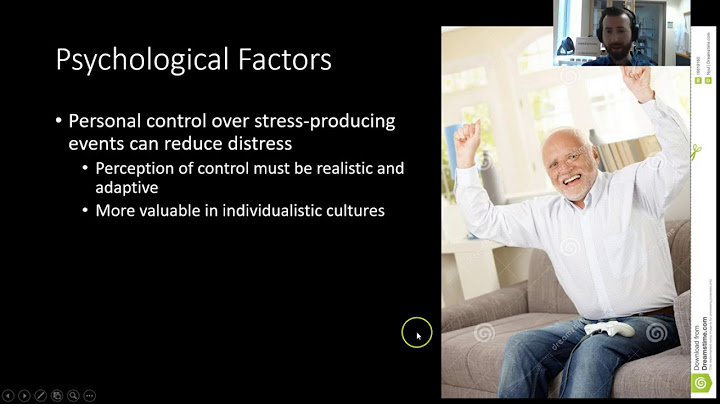                                 Consent    Personnel During the Examination    Show The child/adolescent is usually given a choice regarding the presence of parents or other support person(s). However, before being given that choice, you need to decide whether the presence of a caregiver during the medical examination is desirable. Ideally, the parent or guardian should be supportive of the child/adolescent and help decrease anxiety. There are, however, certain situations when the presence of the caregiver may be detrimental to the examination. These situations include:
If you decide that the parent should not be present, a member of the medical team should take the child/adolescent to a private area, provide support and comfort, and explain why the examination is being conducted and what it will include. Preparing the Child/Adolescent for the Examination   
Sedation and Anesthesia    If sedation or anesthesia must be used, carefully explain the procedures to the child/adolescent and parent or caregiver and obtain consent. Reassure the child/adolescent that he/she will be protected while sedated. Sedatives and anesthesia may result in a relaxation of the anal sphincter and perineal muscles, thus significantly affecting the physical findings. The type of sedative used will depend on hospital practice and policy.   Which method is the most commonly used during physical assessment?Inspection. Performed first, inspection is the most repeated of the four physical examination methods. Teaching students about inspection emphasizes using sight and smell to check specific areas for normal color, shape, and consistency.
What techniques are used during a physical assessment?WHEN YOU PERFORM a physical assessment, you'll use four techniques: inspection, palpation, percussion, and auscultation. Use them in sequence—unless you're performing an abdominal assessment.
Which technique of physical assessment should be performed first?When performing a physical assessment, the technique the nurse will always use first is: ANS: inspection. The skills requisite for the physical examination are inspection, palpation, percussion, and auscultation.
What is the correct order of a physical examination?Order of physical assessment: Inspect, palpate, percuss, auscultate.
|

zusammenhängende Posts
Werbung
NEUESTEN NACHRICHTEN
Werbung
Populer
Werbung

Urheberrechte © © 2024 toptenid.com Inc.


















